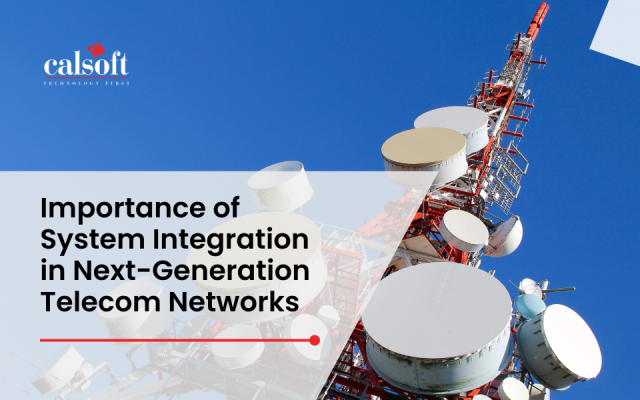Before I even start getting into the details of SSD and application performance, a foreword about what is the intent behind writing this post. This post will mostly run you through understanding of performance problems in data center that use magnetic disks, will touch base on major factors that govern application performance.
Is network latency the culprit?
Applications are slowed by network latencies: is now quite a known fact. Apps that run over a network are hugely impacted by network and storage levels too. This typically is followed by I/O bottlenecks popping up as more and more users login to make the application work even harder.
Traditional hard disk drive‐based systems incur performance penalty because of the high access times of hard disk
drives. However, Solid state disks resolve this issue primarily with low access times and high bandwidth.
Access Time = Command Overhead Time + Seek Time + Settle Time + Latency
Direct impact on Application performance
Greatest of all implications posed are random workloads, sequential workload, and the ones that are read and write
intensive.
- Low IOPS (I/O per second) and high I/O wait time based on high access times for HDD based storage access
- Wasted server infrastructure caused by businesses responding to performance problems by buying more processors and more servers
- Long application response times as wait time build up
- Decreased user productivity and decreased customer satisfaction caused by application response time delays
- Long running batch jobs caused by increasing I/O wait time
- Shorter maintenance windows and failure to meet service level agreements due to long running batch jobs
What role has SSD to play?
Solid state disks are non‐volatile storage devices that use flash as the primary storage media. In the case of Flash SSD, non‐volatility is achieved due to the inherent non-volatility of Flash memory. Factors that attribute to enhanced application performance in light of SSDs are:
High I/Os per second (IOPS): Most SSDs have access times below 15 microseconds, the best access times of any storage platform. This enhances application performance in terms of reduced I/O bottlenecks and increased user
concurrency.
High bandwidth: Enterprise SSDs can support as much as 4.5 GB per second of random data throughput. They are committed to delivering benefits such as lower power consumption, faster response times, increased customer satisfaction and higher profits.
To know more email: marketing@calsoftinc.com






